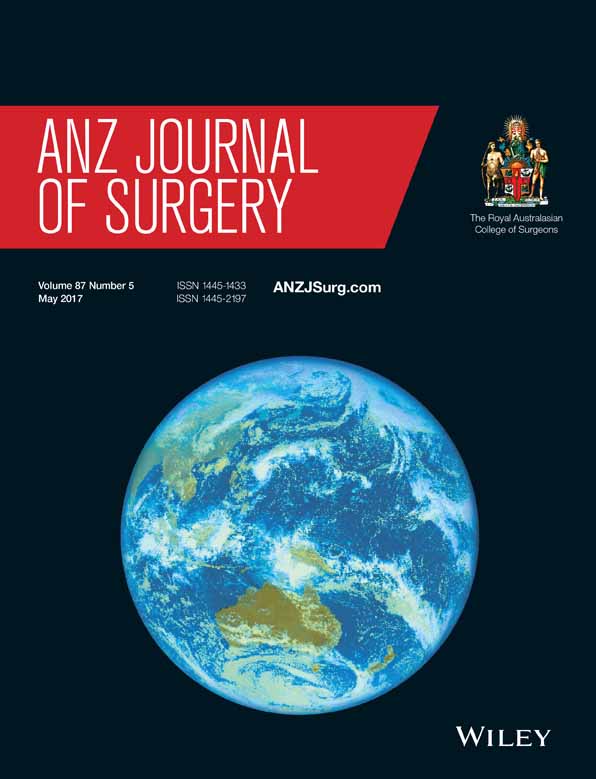Diagnostic value of hyperfibrinogenemia as a predictive factor for appendiceal perforation in acute appendicitis
Abstract
Background
Acute appendicitis is one of the most common emergency requiring operation. As the first discovered coagulation factor, plasma fibrinogen frequently increases with inflammation due to the activation of coagulation. The aim of this retrospective study was to investigate the diagnostic value of hyperfibrinogenemia as a preoperative laboratory marker for appendiceal perforation in patients with acute appendicitis.
Materials and methods
We identified 455 patients (202 females, 253 males; mean age, 31.7 years) with histologically confirmed acute appendicitis who underwent laparoscopic or open appendectomy. Results of preoperative laboratory values and post-operative histologic results were analysed retrospectively. A multivariate logistic regression model was performed to determine patient's age and laboratory tests associated with perforated appendicitis.
Result
Mean plasma fibrinogen level of all patients was 3.99 g/L (1.41 SD; range, 1.73–10.6 g/L; median, 3.69 g/L). Patients with appendiceal perforation had a mean fibrinogen level of 5.72 g/L (1.52 SD; range, 3.38–10.04 g/L; median, 5.28 g/L), which was significantly higher than those with nonperforated groups (P = 0.001). Multivariate analysis showed fibrinogen and D-dimer were associated with perforation (P = 0.001, P = 0.014, respectively). Areas under the receiver operating characteristic curve of fibrinogen for discriminating acute perforated appendicitis from non-perforated groups were larger than white blood cell and D-dimer.
Conclusions
Hyperfibrinogenemia was common in patients with acute appendicitis and fibrinogen may be useful as a predictive factor for appendiceal perforation.




